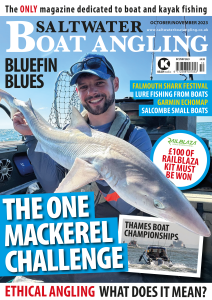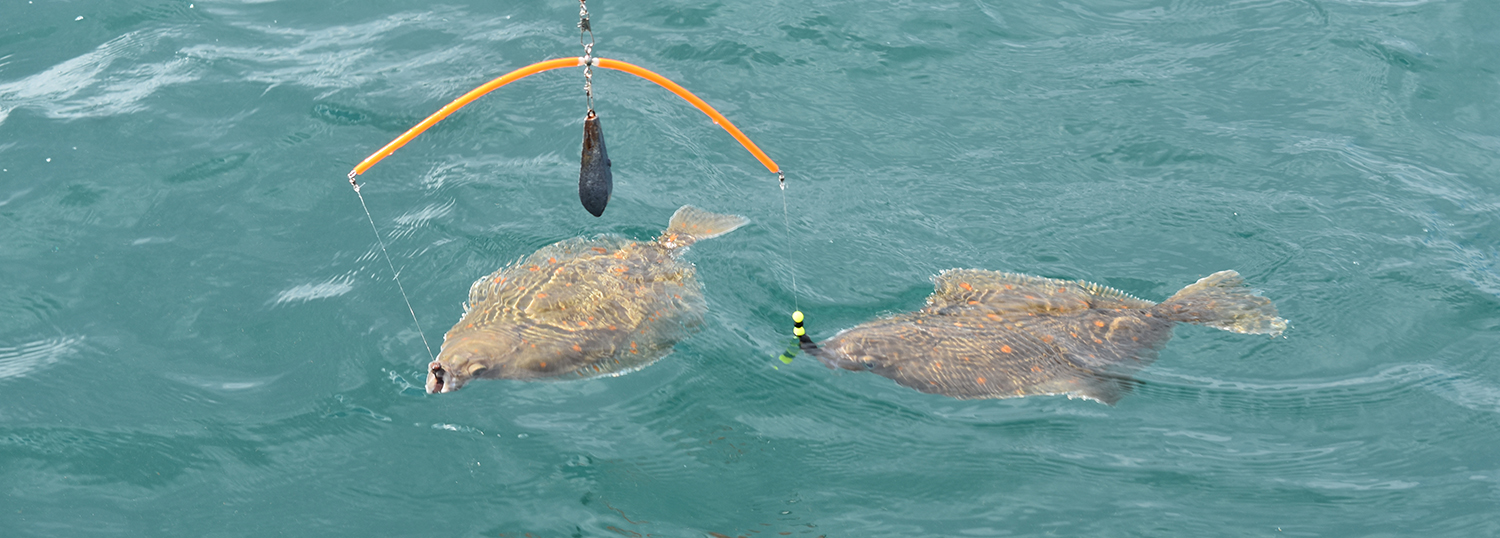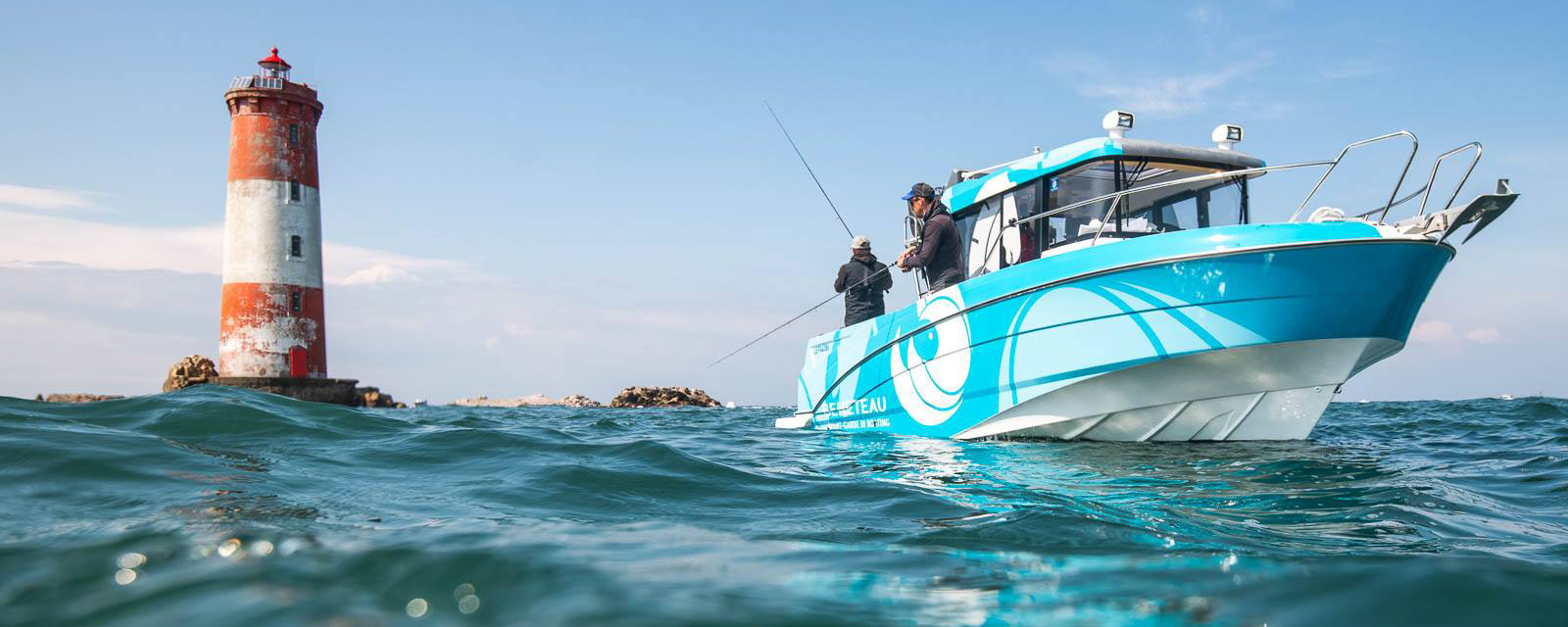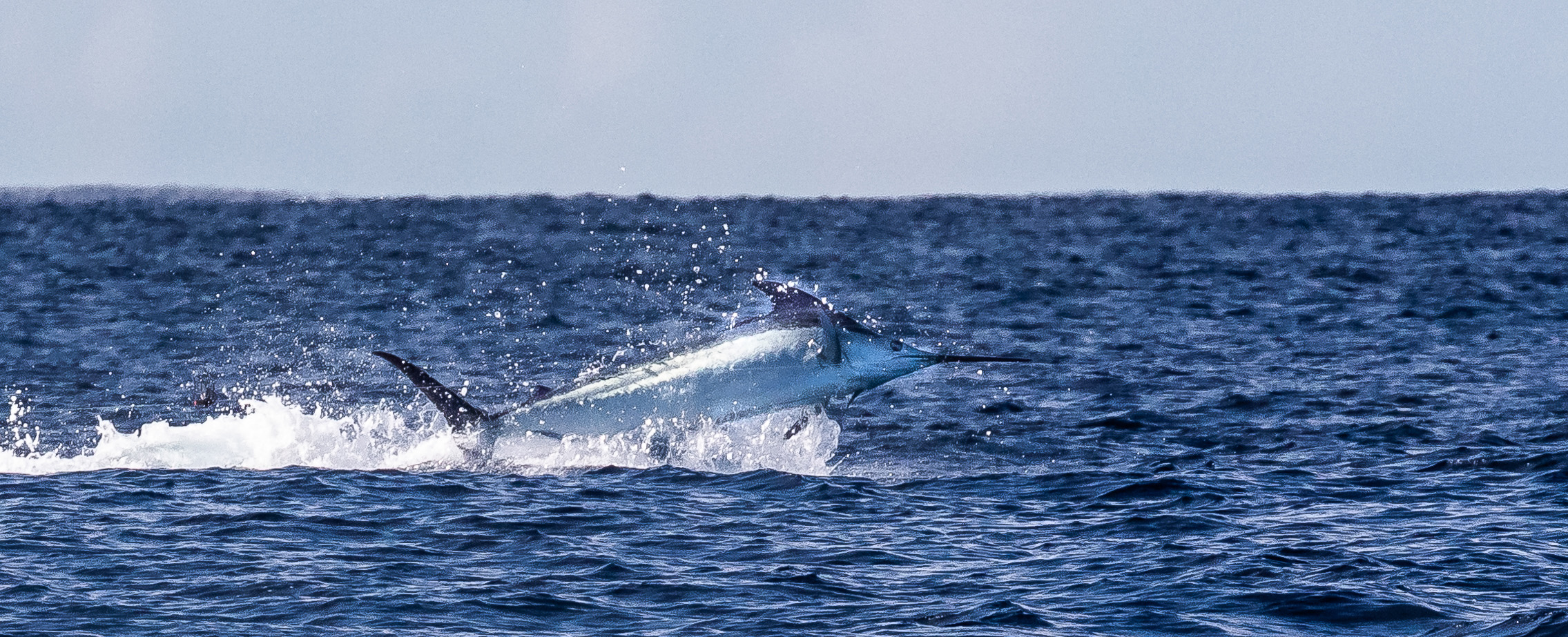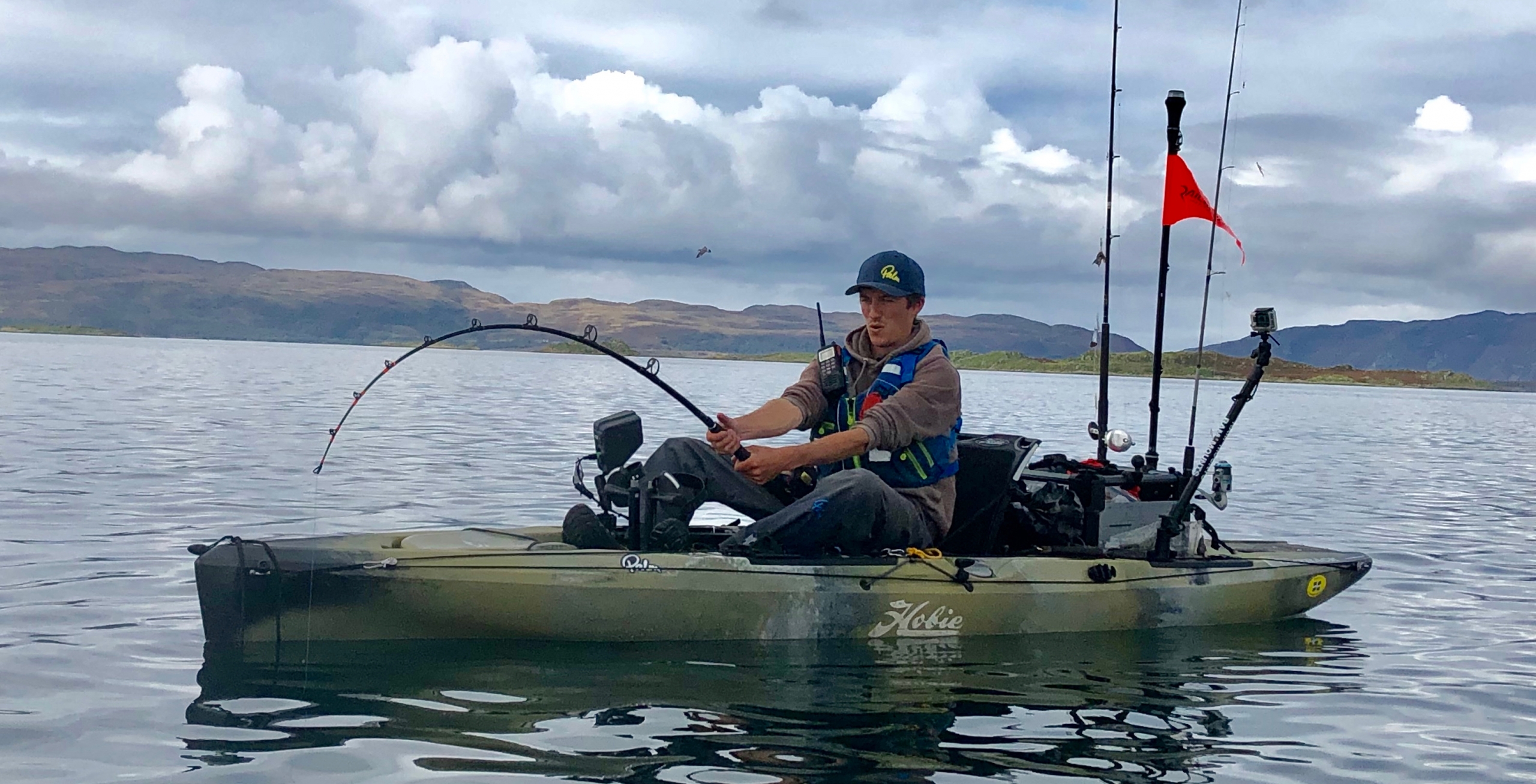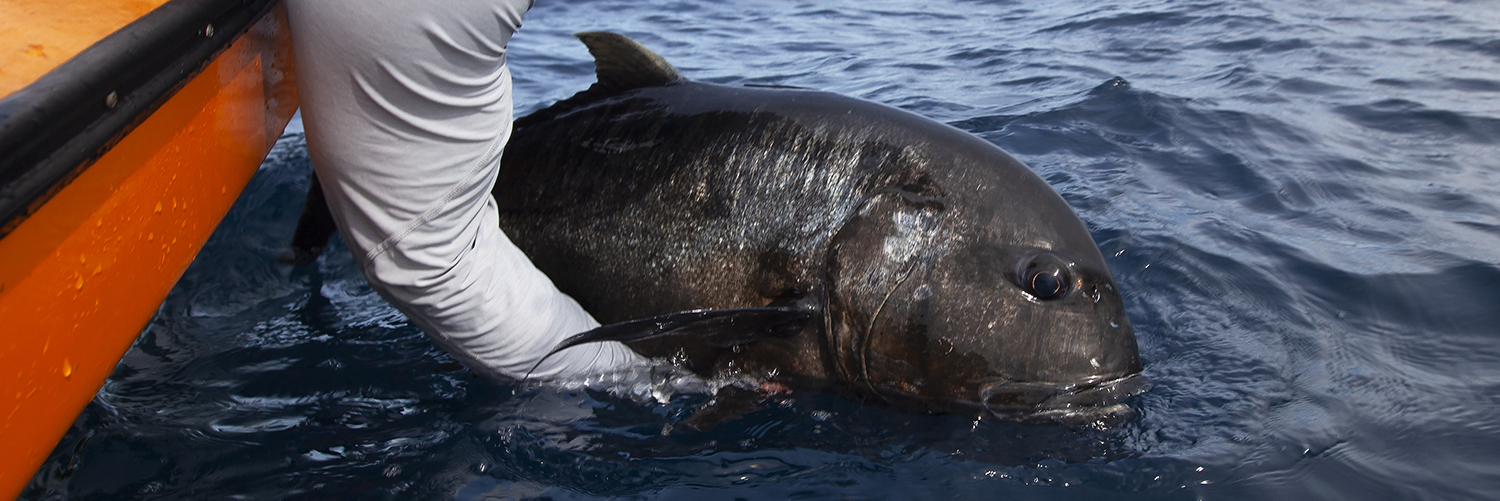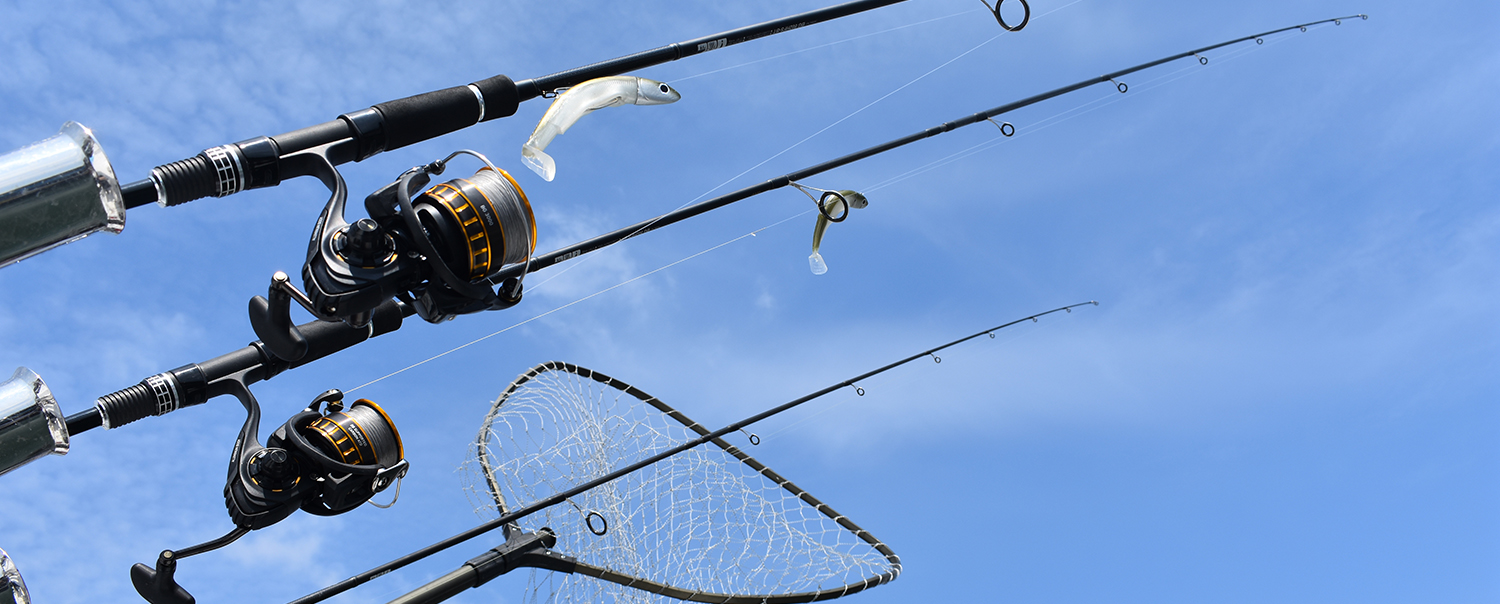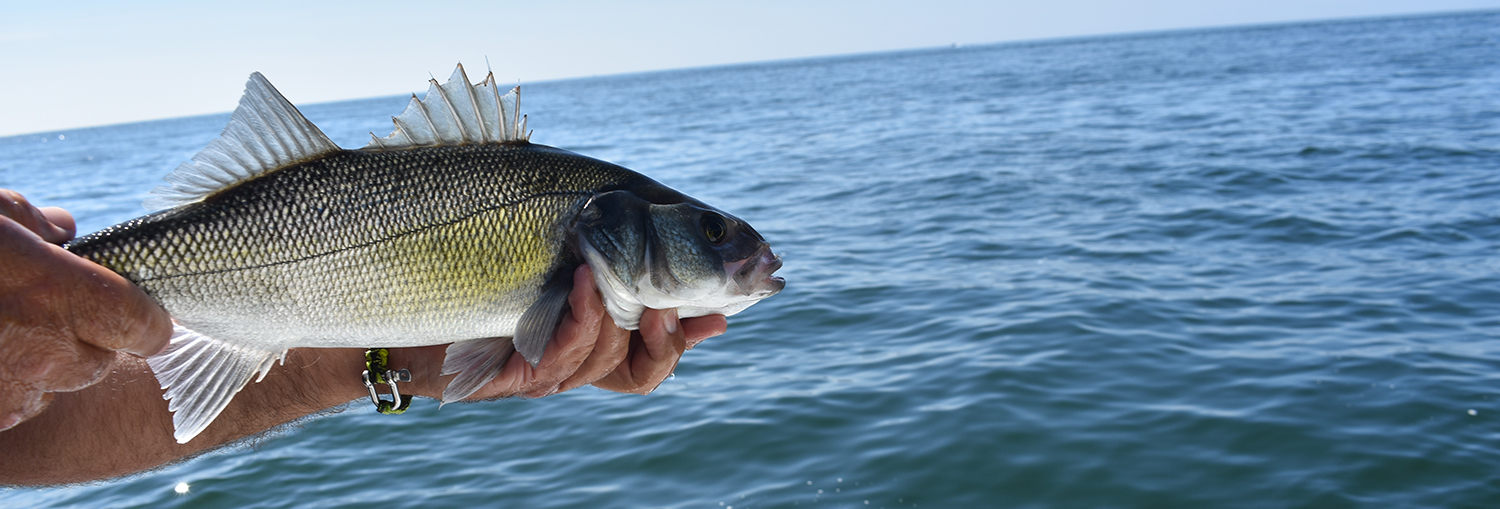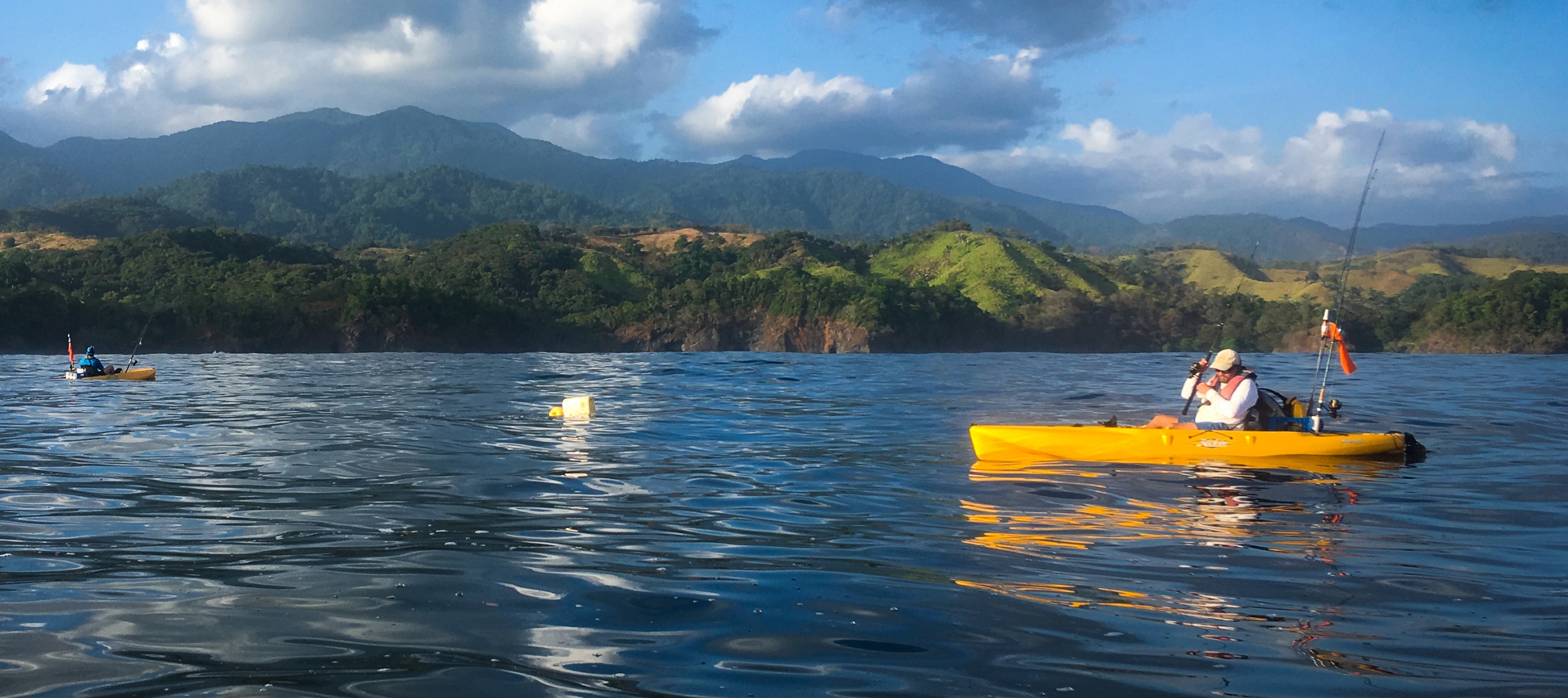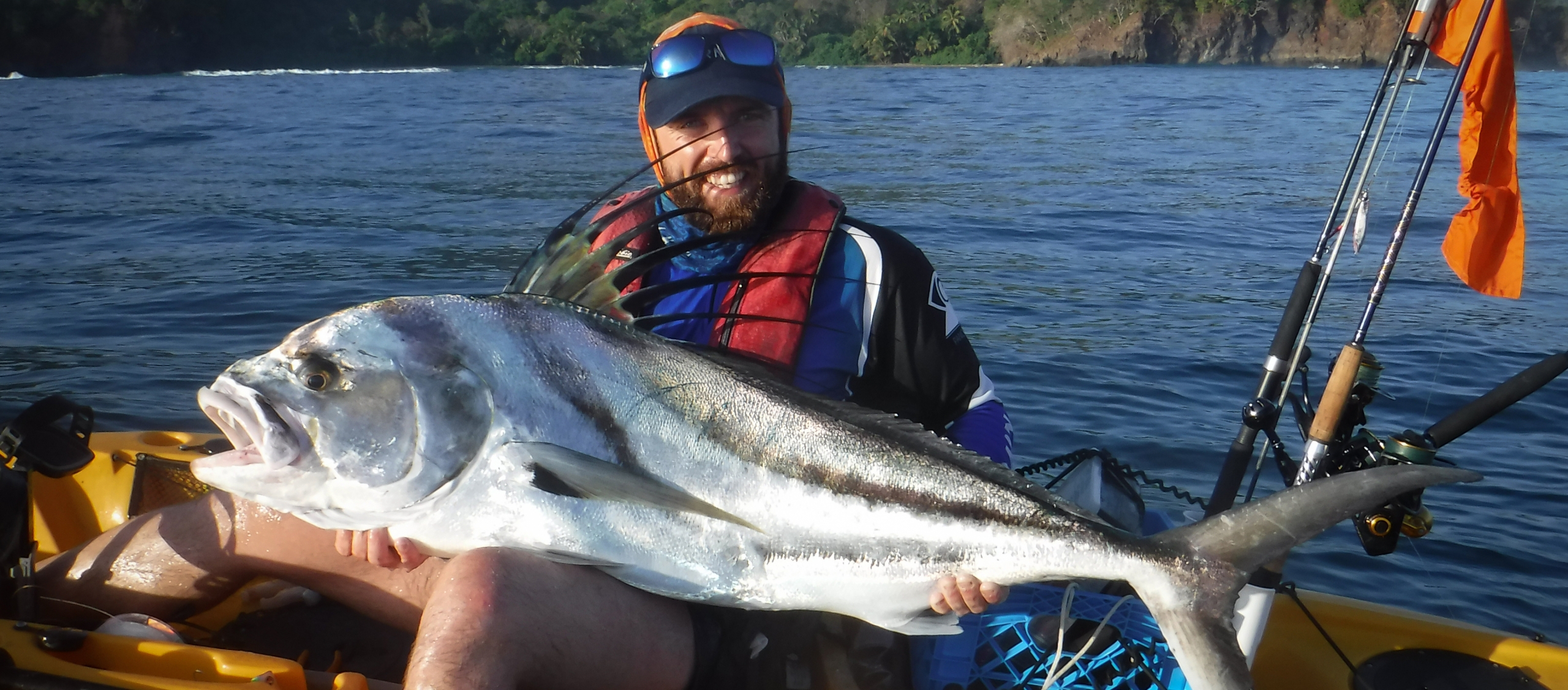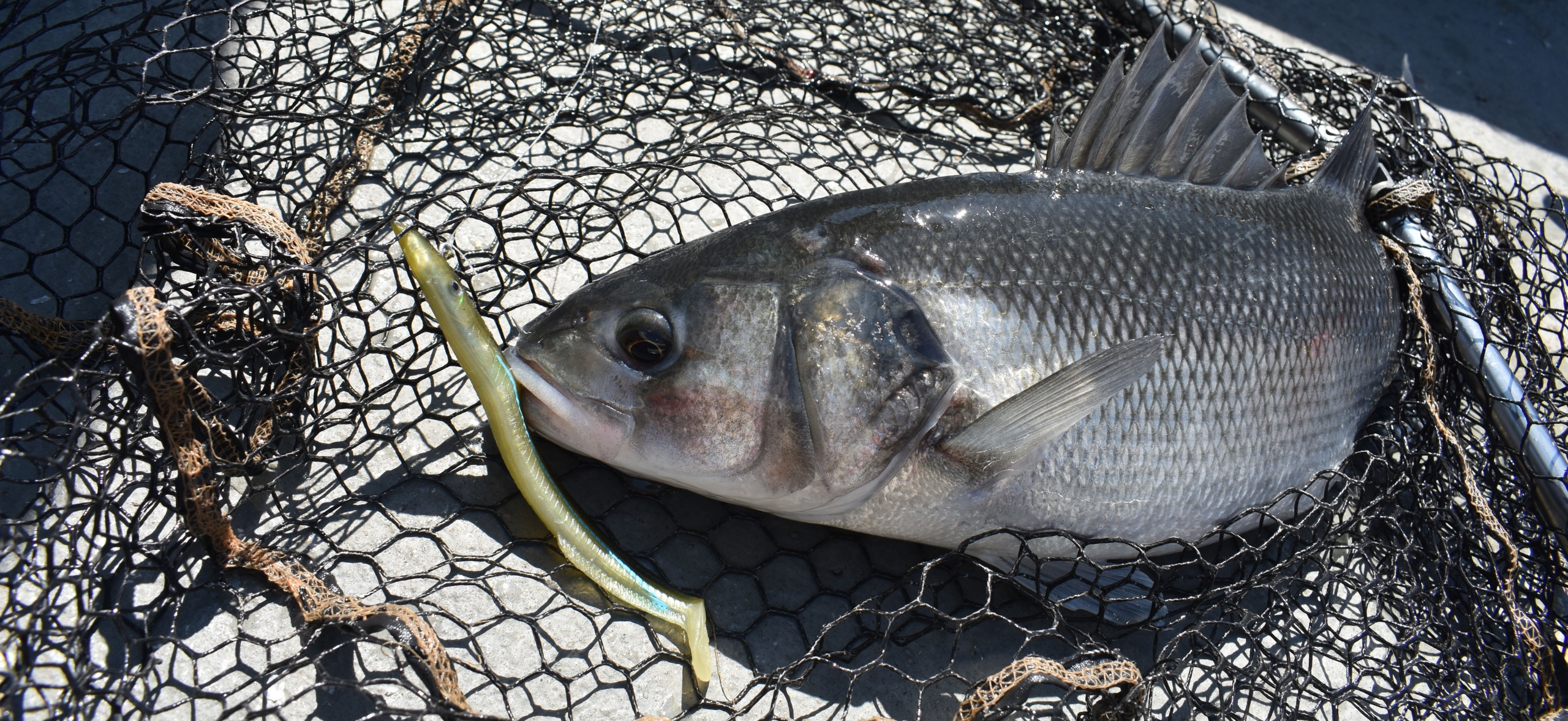Tips and advice about staying safe at sea
Going to sea without appropriate safety equipment is dangerous and irresponsible. It’s always a good idea to check your equipment regularly and have a think about what needs replacing, renewing or servicing. Here is the bare minimum of safety equipment the small boat angler should carry before going to sea.
Lifejackets and Personal Flotation Devices
Lifejackets should be worn by everybody on your boat. In order to ensure their integrity the lifesavers should be regularly checked and kept in sound working order. If you're unlucky enough to fall overboard a lifejacket will float you the right way up with your head above water, even if you are unconscious.
Modern automatically inflating waist coast types are compact, comfortable to wear, and don't hinder you when fishing –you probably won’t notice you’re wearing them. Submersion activates a carbon dioxide cylinder to inflate the jacket. Most are fitted with a manual inflation cord, top up blow tube, a whistle and a flashing light. This design of jacket should be worn with the straps tensioned to fit snugly and also fitted with crotch straps to ensure it doesn’t ride up over the wearer's head.
Always store lifejackets in a dry, sealed, container. It is important to prevent deterioration and regular maintenance checks should be carried out and the gas cylinders replaced or serviced.
Please note: Buoyancy aids and floatation suits cannot be considered as suitable alternatives to a proper life jacket as a personal safety device for use at sea. Floatation suits, although providing useful insulation and a certain amount of added buoyancy should always be worn in conjunction with a lifejacket. It is not possible to use self-inflating life jackets on PDF’s are generally used for inshore fishing but will not keep you from drowing.

Life buoy
Should you encounter a man over board (MOB) situation, it is very useful to be able to quickly deploy a secondary floatation device such as a floating lifebuoy. Some skippers have a foam horseshoe and a floating rescue line, both of which can be immediately thrown to a casualty in the water if necessary. Simple and cheap devices they may be but, when needed in an emergency, both could prove to be invaluable.
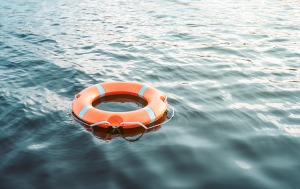
Flare Pack
It is essential to be able to attract attention to summon assistance to your vessel when needed, or to be able to provide an exact location so that rescuers can find you, particularly when visibility is poor or in darkness.
Flare packs can be purchased in various configurations depending on how far you intend to venture; inshore, offshore, deep sea etc. and typically contain hand held or buoyant smoke flares, hand held flare or parachute rockets. It is important that you familiarise yourself with how they are activated before you actually need them in an emergency, so spending a few minutes reading the instructions on the flare packaging will prove to be very useful indeed. Flares should be stored in readily accessible watertight containers and as they have an expiry date, should be regularly checked and replaced when necessary.
Disposing of out of date flares has become a bit of problem in recent years - the RNLI no longer offer a regular service in this respect but a consultation is in process to try a resolve this, the idea being that more accessible disposal methods will be available at some stage soon.
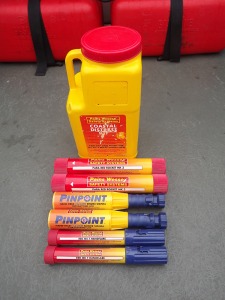
Fire Extinguisher
Often forgotten but the the importance of carrying suitable fire extinguishing capability on board a boat is underrated. For boats under 25ft we would recommend a dry powder extinguisher of at least 0.6kg volume (bigger if you've got the space) mounted on a suitable bracket and positioned somewhere that is easily accessible in a fire situation. This type of device would be suitable for any fire (look for classification types A, B, and C) that could occur on a small boat including those involving fuel.
It’s essential to read the instructions and familiarising yourself with its operation before a fire actually occurs. Fire extinguishers should be replaced after use, when the manufacturer recommends or after about five years.
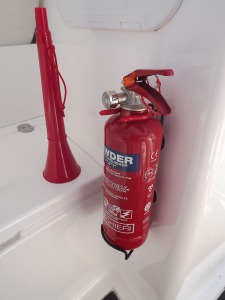
Audible Warning Device
Being able to warn another craft of your whereabouts or intentions, especially in low light or foggy conditions, is very important. An electric car type horn and switch can easily be incorporated into your boats electrical system or alternatively, and hand-held signal horn device powered by a cylinder of compressed gas can be used. Compressed air horns that are rechargeable from an air pump are available but personally, you can back-up these devices with a simple, mouth operated plastic fog horn which, is more than loud enough and won't let you down.
Radar Reflector
If you intend fishing in areas of busy boat traffic, particularly if you fish anywhere near a shipping lane, then you need to be seen, especially when light and weather conditions make visibility poor. Fitting a reflector to your boat should make you more visible to vessels that have a radar facility. A steel bridge which carries lights, aerial and rod holders can prove to be a far more effective device. They stand out like a sore thumb, which is very useful.
If you have the space to fit one, a larger drum type passive reflector has a substantial surface area and is therefore quite effective while being reasonably priced. Alternatively, active powered units, or radar target enhancers that receive signals from transmitting radars, amplify them and return a stronger signal back, alerting vessels in the vicinity of your position, are available.
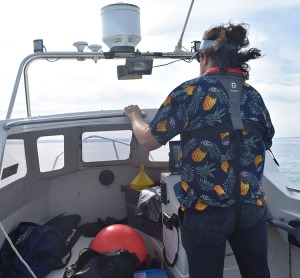
First Aid
Hooks, gaffs, bait knives and if you're lucky enough to catch one, fish with sharp teeth, are all going to be encountered in small boat fishing and all have the capability of inflicting a nasty wound, especially in the unstable environment of a rocking boat. Always carry a basic first aid kit on board equipped with a variety of plasters, bandages, wound pads, antiseptic, painkillers, and a foil survival blanket. Make sure you keep them clean and dry in a watertight plastic container. It's also worthwhile familiarising yourself with some basic first aid skills or even, attending a formal training course.
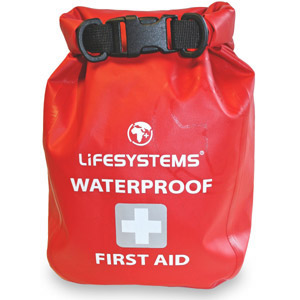
Tool Kit
Your outboard engine will possibly have a dedicated tool kit but, it is very useful to supplement it with a selection of basic hand tools, again kept in a sealed plastic container. It also should contain some wire, cable ties, spare fuses and bulbs, electrical connectors and tape, nuts and bolts, a small tub of marine grease and some water dispersant spray.
Although it's unlikely you'll be able to carry out major repairs at sea, very often mechanical breakdowns, once successfully diagnosed, can be simple affairs remedied with some basic knowledge and equipment.
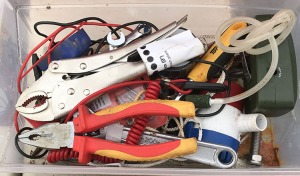
Auxiliary Engine
Many people choose not to fit an auxiliary engine relying instead on assistance from other boats, or the services of the RNLI, to get them out of trouble on the basis that a modern, regularly serviced, outboard engine should rarely break down.
If you operate your boat in remote areas of coastline where help maybe some time away, fitting an auxiliary engine is a good idea. It's vital that an auxiliary engine has enough power to drive the boat otherwise it's just dead weight. Having one with a built-in tank will save space.
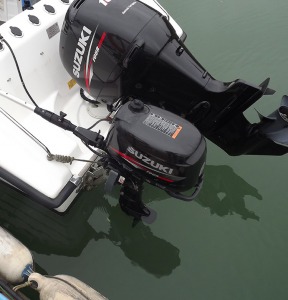
For further information on all these topics please go to the RNLI’s website here which has an angling specific section. If you are a member of a club you may also have an annual RNLI check over organised by your club committee.
If you enjoyed this article you can buy the issue or subscribe by clicking the links below:
Buy digital copies - £2.99 each Subscribe Now Digital Subscription Click here for 12 Months of digital issues for £19.99
